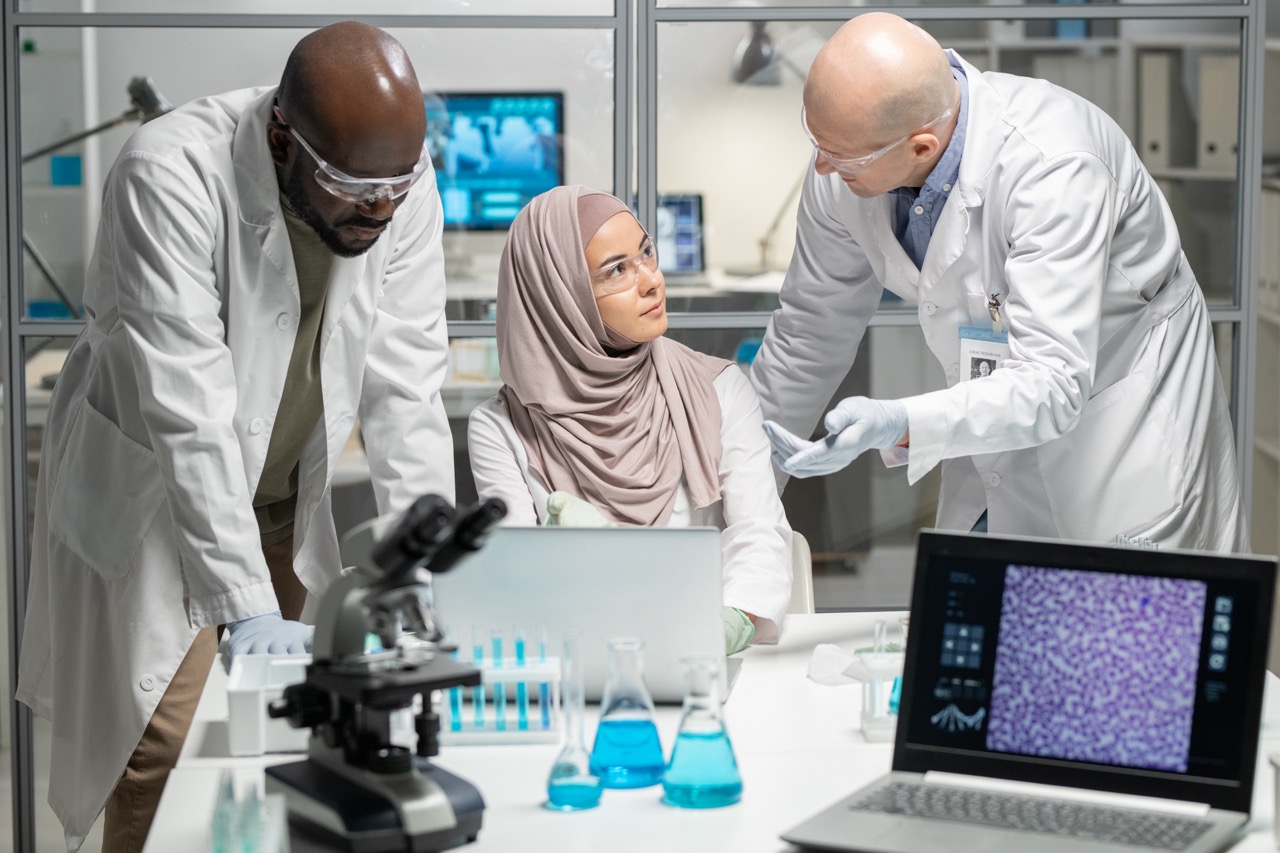The study of artificial life (ALife) has emerged as a fascinating interdisciplinary field that seeks to understand the fundamental principles of life through the lens of synthetic biology and computational modeling. Among the leading figures in this domain is Jack Szostak, a Nobel laureate whose pioneering research has significantly advanced our understanding of life’s origins and the mechanisms that underpin cellular function. His work primarily focuses on the development of protocells, self-replicating systems, and the origins of genetic information, which have profound implications for both biological and artificial life studies. This article will explore Szostak’s key contributions to ALife, highlighting his laboratory’s groundbreaking experiments and innovations, and discussing their implications for the future of the field.
Overview of Jack Szostak’s Research Contributions to ALife
Jack Szostak’s contributions to artificial life studies are rooted in his inquiries into the origins of life on Earth. His lab has provided critical insights into how simple molecular systems can evolve into more complex cellular structures, a concept central to ALife research. Szostak’s research has effectively bridged the gap between abiotic chemistry and biological systems, making his work foundational for understanding how life might arise from non-living matter. By focusing on the conditions and environments that could lead to the emergence of life, Szostak has illuminated pathways that could replicate the genesis of life in other extraterrestrial environments.
Central to Szostak’s exploration of ALife are his studies on protocells—simple, membrane-bound structures that mimic the basic functions of living cells. His work has demonstrated that these protocells can exhibit properties such as growth, division, and rudimentary metabolism, offering a glimpse into how early cellular life might have functioned. Szostak’s lab utilizes a combination of lipid chemistry, RNA biology, and evolutionary principles to simulate conditions that could foster the development of life-like structures, thus providing a unique platform for observing the emergence of life in a controlled setting.
Furthermore, Szostak’s interdisciplinary approach combines biological, chemical, and physical sciences, fostering collaborations that have enriched the field of ALife. His research not only advances theoretical frameworks about the origins of life but also inspires experimental methodologies that can be applied across various domains, including synthetic biology and biotechnology. As a result, Szostak’s contributions are pivotal not only for understanding our own biological origins but for developing artificial systems that could one day mimic or even surpass natural life forms.
Key Experiments in Protocell Development and Functionality
One of the hallmark experiments conducted in Szostak’s lab involved the creation of lipid bilayer vesicles that can encapsulate RNA molecules, thereby simulating the basic requirements for early cellular life. These protocells demonstrated the ability to grow and divide, mimicking cellular reproduction. By manipulating the conditions under which these vesicles form, Szostak and his team were able to illustrate how environmental factors might have contributed to the early evolution of life on Earth. These experiments serve as a model for understanding how simple molecular components could assemble and evolve into more complex structures.
In addition to growth and division, Szostak’s lab has explored the functionality of protocells through the incorporation of metabolic processes. By integrating simple biochemical reactions into these vesicles, researchers have shown that protocells can carry out basic energy transducing functions, akin to those observed in living cells. These experiments provide significant insights into the potential pathways through which early life forms could have harnessed energy from their surroundings, offering clues about the metabolic origins of life.
Moreover, Szostak’s team has investigated the role of compartmentalization in the evolution of life. By studying how different protocell systems interact with each other, they have uncovered evidence that suggests that competition and cooperation among protocells may have played a crucial role in the early stages of biological evolution. These findings not only enhance our understanding of life’s complexity but also offer a theoretical framework for developing artificial life systems that are capable of self-organization and evolutionary adaptation.
Innovations in Self-Replication and Genetic Systems
A significant aspect of Szostak’s research involves the development of self-replicating molecules, particularly RNA, which is believed to be a precursor to modern genetic systems. By constructing RNA sequences capable of self-replication under certain conditions, Szostak has provided compelling evidence for the RNA world hypothesis, which posits that self-replicating RNA molecules were a fundamental step in the emergence of life. These experiments highlight the potential for simple molecular systems to evolve complex behaviors, laying the groundwork for understanding genetic information’s role in artificial life.
In addition to self-replication, Szostak has developed novel genetic systems that can undergo evolution in the laboratory setting. By employing techniques such as directed evolution and compartmentalized reactions, his lab has created environments in which RNA molecules can evolve new functions, reflecting the mechanisms of natural selection. This research not only sheds light on the mechanisms underpinning the evolution of life but also provides valuable insights into how synthetic systems can be engineered to adapt and evolve over time.
The implications of these innovations extend beyond the realm of biology. They offer exciting prospects for synthetic biology applications, such as developing gene-editing technologies, creating novel biocatalysts, and constructing life-like systems with tailored functionalities. Szostak’s work in self-replicating and genetic systems thus presents a unique intersection of natural and artificial life studies, providing a framework for future research that aims to harness the principles of evolution and replication in artificial contexts.
Implications of Szostak’s Work for Future ALife Research
The implications of Jack Szostak’s research extend far beyond basic science; they offer profound insights into the principles that could govern future artificial life systems. His work on protocells and self-replicating systems emphasizes the importance of understanding life as a process rather than merely a collection of molecular components. This perspective encourages researchers to explore dynamic systems that can evolve and adapt, thereby offering new avenues for the development of advanced biotechnologies and synthetic organisms.
Moreover, Szostak’s findings have significant implications for astrobiology, particularly in the search for extraterrestrial life. By elucidating the conditions necessary for the emergence of life on Earth, his research provides a framework for identifying potential biosignatures on other planets and moons. This understanding lays the groundwork for future missions that seek to explore the origins of life beyond our planet, guiding the selection of targets and the design of experiments aimed at detecting signs of life elsewhere in the cosmos.
Lastly, Szostak’s interdisciplinary approach serves as a model for future ALife research, emphasizing collaboration across various scientific disciplines. By integrating insights from biology, chemistry, physics, and computational science, researchers can develop more comprehensive models of life that account for its complexity and adaptability. This holistic perspective is essential for creating artificial life systems that not only mimic biological processes but also possess the potential for innovation and evolution, ultimately reshaping our understanding of what life can be.
In summary, Jack Szostak’s contributions to artificial life studies represent a significant leap forward in our understanding of life’s origins and mechanisms. Through his innovative experiments in protocell development and self-replication, Szostak has paved the way for future research that explores the boundaries between life and artificial systems. The implications of his work extend from enhancing our scientific understanding of life’s evolution to informing practical applications in biotechnology and astrobiology. As research in artificial life continues to evolve, the foundational principles established by Szostak’s lab will undoubtedly spur further discoveries and innovations, enriching both the scientific community and our comprehension of life itself.










